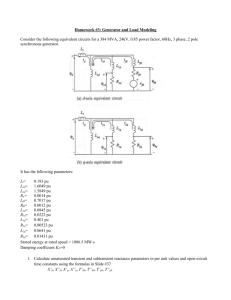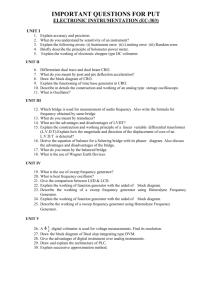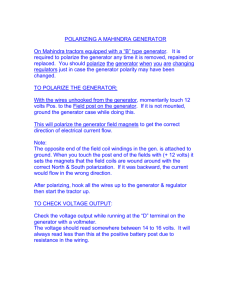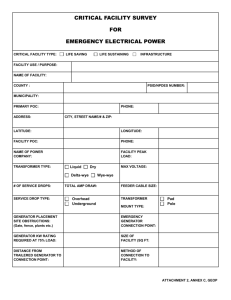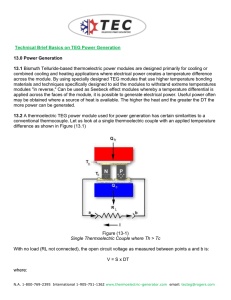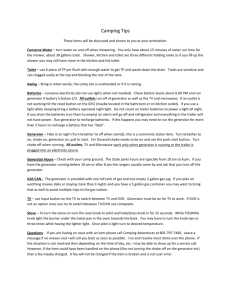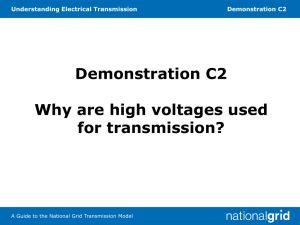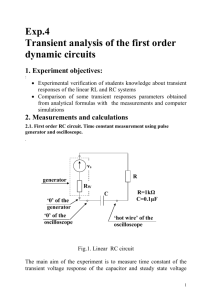Heat Energy - Department of Physics & Astronomy
advertisement
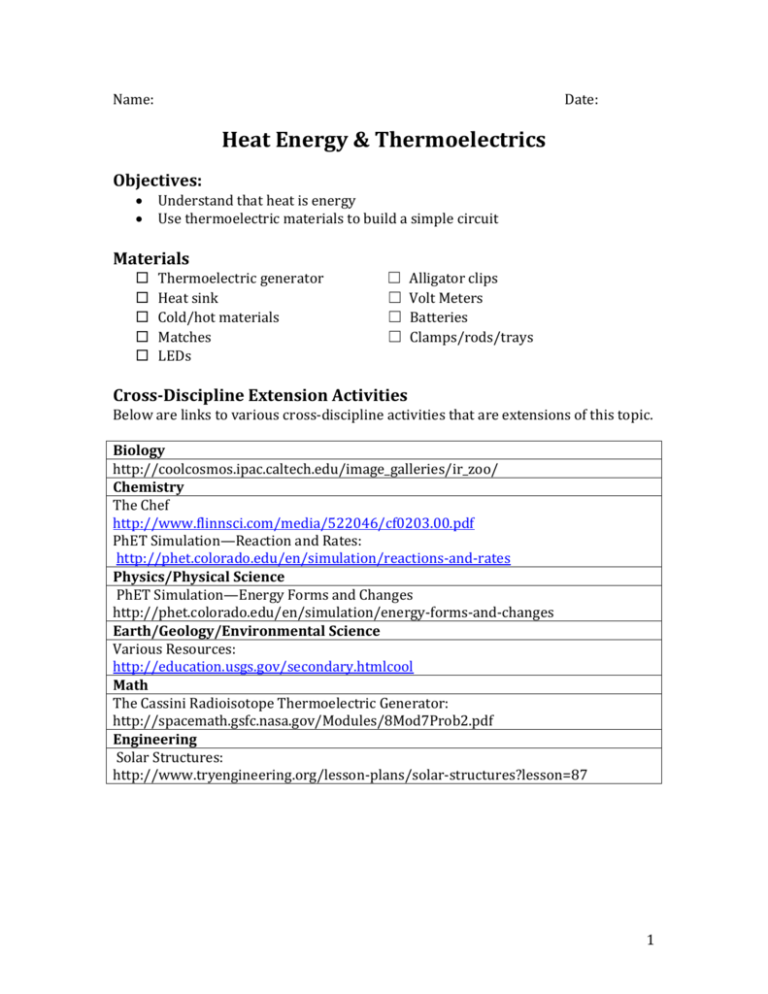
Name: Date: Heat Energy & Thermoelectrics Objectives: Understand that heat is energy Use thermoelectric materials to build a simple circuit Materials Thermoelectric generator Heat sink Cold/hot materials Matches LEDs ☐ ☐ ☐ ☐ Alligator clips Volt Meters Batteries Clamps/rods/trays Cross-Discipline Extension Activities Below are links to various cross-discipline activities that are extensions of this topic. Biology http://coolcosmos.ipac.caltech.edu/image_galleries/ir_zoo/ Chemistry The Chef http://www.flinnsci.com/media/522046/cf0203.00.pdf PhET Simulation—Reaction and Rates: http://phet.colorado.edu/en/simulation/reactions-and-rates Physics/Physical Science PhET Simulation—Energy Forms and Changes http://phet.colorado.edu/en/simulation/energy-forms-and-changes Earth/Geology/Environmental Science Various Resources: http://education.usgs.gov/secondary.htmlcool Math The Cassini Radioisotope Thermoelectric Generator: http://spacemath.gsfc.nasa.gov/Modules/8Mod7Prob2.pdf Engineering Solar Structures: http://www.tryengineering.org/lesson-plans/solar-structures?lesson=87 1 Introduction Heat is energy. Generating heat — via burning coal, burning natural gas, or nuclear fission, for example — creates most of our electricity. Why is this important for science, and astronomy in particular? Well, stored heat energy is the cause of geologic activity, here on Earth and on other planets. So let’s explore heat as an energy source. Energy can’t be extracted from heat directly. It requires the transfer of heat. Think of a hydroelectric plant. A large reservoir of water won’t do, the water must travel through the generator to a lower point. To extract energy from heat, we need it to move from a warm point, through a generator, to a colder point. Activity 1. Using just the heat sink, thermoelectric generator, LED, and alligator clips, see if you can make the LED light up. What did you have to do? Draw a sketch, and explain what each part was doing to make this work. (Keep in mind that the direction current flows matters for the LED — if you think you have it right but the LED doesn’t light, try turning over the generator) 2. One way to measure the conversion of heat to energy is to measure the voltage that the heat generates as it flows through the thermoelectric generator. We’ll measure this in Volts, using a Voltmeter. To make an analogy with plumbing and water, Volts are like the pressure in a water system. The more pressure, the more energy that is stored in the pipe, or the farther the water would travel if you suddenly opened the system. The higher the voltage, the greater the electrical energy stored in the system. The power of batteries is typically measured in Volts — a standard AAA battery is 1.5 V. 2 Using the clamps and rods, make a setup like the one at the front of the room. Put the heat sink on the metal mesh with the fins down, and place the generator on top. Connect the generator to the voltmeter, and change the output to mV. Let the voltmeter stabilize (roughly). What is the reading? _____________ mV. What does this mean? Light a candle, and use the blocks to situate it a few cm below the heat sink. What happens to the voltage? It will take a long time to peak, but the change will eventually slow down considerably. Record the voltage when this happens: ____________ mV. Now place a beaker of ice directly on top of the generator. What happens? Record the voltage when the change slows considerably: _____________ mV. Move the candle farther away from the heat sink. What happens now? Remove the voltmeter and attach the LED again. What happens to the light if you remove the ice? 3 Write a short summary of what you learned: 3. Use the alligator clips to attach the generator to the positive and negative terminals of the battery. Hold the generator in your hands. What happens? What happens if you reverse the wires? Can you explain why? 4
